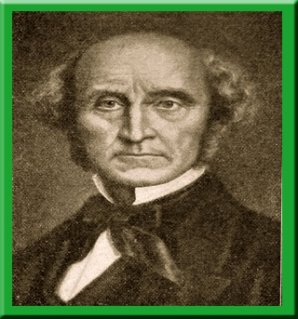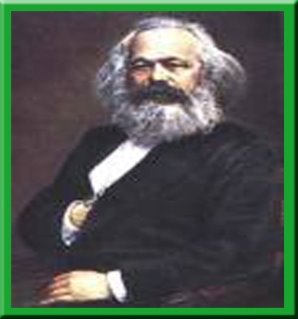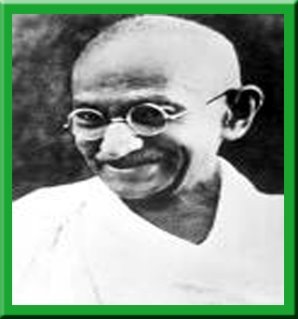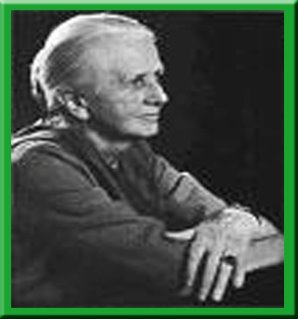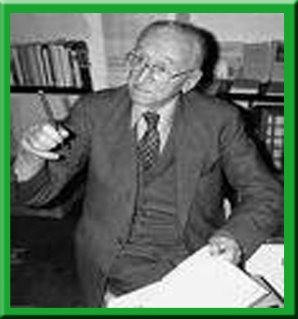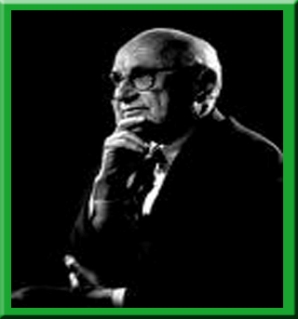The ‘Green’ is a modern political ideology evolved in advanced industrial democracies. The issues that energized the Greens were varied from nuclear power to foreign workers’ rights, environmental degradation and poverty concerns in the developing countries. The ecological awareness in 1970s leads to the emergence of ‘Green parties’ throughout Western Europe and the ‘German Greens’ have been the most prominent of European Green parties. There should be a Green Party or Green Organization for Burma that focuses on environmental degradation, nuclear proliferation and human rights issues based on the Green ideology.
As ‘Green’ is the political ideology, I would like to analyze it by using the ‘German Greens’ example.
In the mid 1970s, the Burgerinitiativen (Citizens’ Initiatives) emerged as a federal umbrella organization to protect the environment with over 1000 member groups in Western Germany moving from local issues to issues of broader concerns, such as nuclear power plants at Whyl in Baden-Wurttember and Brokdorf in Schkeswig Holstein.
Frankland claimed the formative period for the ‘German Greens’ as the period between 1977 and 1980 (Frankland, 1995:23). As a local level, the German candidates scored breakthroughs in local elections at the beginning of 1977. As a state level, the Bremen Green List won the first Green seats in a landtag (state parliament). As a national level, a national alliance of Green activist, ‘The Alternative Political Alliance, the greens’ won 3.2 per cent of German votes in the 1979 European Parliament elections that motivated more diverse groups to launch the Greens as a new national party on 13 January 1980.
The underlying principles of ‘German Greens’ can be found at the opening declaration of the programme of ‘The Alternative Political Alliance, the greens’ as
“The new European Politics must be a holistic politics, considering long term future aspects and encompassing four dimensions: it must be ecological, social, basic democratic and non-violent oriented.” (1979 Electoral Manifesto)
With these four pillars, the Programme of the German Greens was the first platform introducing the Greens onto the political scene of European elections in 1979.
Moreover, ‘the principal Green ideological document’ that was accepted by the 1980 Federal Party of the Greens had been remained up to 2002. It was noted as
“We are the alternative to traditional parties. We grew out of a coalition of alternative groups and parties. We feel solidarity with all those who have become active in the new democratic movement: the life and nature groups, the environmental protection groups, the citizens’ initiative organizations, the movements for peace, human rights, women’s rights, and Third World rights. We consider ourselves a part of the Green movement which is rising through out the world” (Die Grnen, 1880, The Basic Programme)
In short, the Green ideologies are varied from the individual concerns (human rights, the rights of the worker, the rights of the woman, etc) to the global concerns (Third World rights, peace, etc.)
Nevertheless, these various ideologies attracted a large pool of young educated activists and a large number of voters and members come from the better educated people compared to other Green Parties of Europe.
Furthermore, the German Greens are also special in terms of the peace movement. When the famous ‘twin track’ decision was taken in 1979 to place cruise and Pershing missiles in Europe, the German Peace Movement had to be shaken awake by their colleagues in other countries as the German Greens argued the relationship between people and ecology. (Parkim, 1989:117)
The Peace Manifesto was drafted by the Green Party’s Offenbach Congress in 1981 to establish the Greens as the political wing of the Peace movement and initiated the actions of the Ecopax alliance. By legitimizing peace, solidarity, care, responsibility, non-violence, diversity and a critique of the established political system (Talshir,2002:100), the German Greens created a value-led and actions-based discourse.
After the formative period, the German Greens have gained electoral performance since 1980s; Schmidt claimed the rise of the Green Party as the first major change to the German party system (Schmidt, 2003:137). Undoubtedly, the German electoral system has played an important role in the development of German Greens by contributing stability through moderate defractionalization. It has not blocked access for new parties. (capoccia, 2002:179)In 1989, the Alternative list won 11.8 per cent of West Berlin and became the SPD’s partner in a short-lived coalition.
In terms of the ideological spectrum, the strategy debate between Fundis (Fundamentalists) and Realos (Realistic reformers) dominated German Green politics throughout the 1980s. These strategies are controversial as Realos focused on parliamentary politics and reform proposals and favored to share government power, in contrast, Fundis focused an extra-parliamentary politics and radical declaration and opposed sharing power. These factional conflicts between Realos and Fundis began to alienate a number of green supporters. (Frankland, 1995:33)
For fundamentalists, they worried about losing contact with activists in the broader movement. They were not prepared to compromise on the principles as Kelly described as “anti-party party”. To the contrary, Realists argued that the actions within the existing power structures were required and they agreed for ‘constructive politics’ (Parkin, 1989:126)
Hulsberg described the diversification of the German Greens in four main categories as
Eco-libertarians, who advocate a radical politics without reference to class and declare war on the ‘dictatorial Jacobinism of the socialists’ on the Right
Eco-socialists, who insist on the relationship between social and ecological questions on the Left
Political realists, who argue for compromise with SPD and ‘policies of reform’ to one side and
Fundamentalists, who close to Eco-socialists but divided with labor movement (Hulsberg, 1988:144)
Political realists, who argue for compromise with SPD and ‘policies of reform’ to one side and
Fundamentalists, who close to Eco-socialists but divided with labor movement (Hulsberg, 1988:144)
In short, all these diversifications and conflicts affect the public images and capabilities of the German Greens.
Moreover, the national unity represented a big issue for the German Greens in West Germany. Green activists had been arguing over how the ‘two German state concept would work’ and how a third way between corporate capitalism and state socialism could be followed by East Germany. (Frankland, 1995:35)
However, they had to contest the March 1990 elections so that the New Forum, Democracy Now and the Initiative for Peace and Human Rights formed an electorial alliance, Bundnis’90.
In 1993, the merger between the West Greens and East Greens occurred and it strengthened the moderate tendencies within the Green Party. (Schmidt, 2002:145)
The government participation of the Green Party have begun since 1998 red-green Schroder government and they have had a major impact on public policies.
At a European level, the German Greens emphasized on the social dimensions of the Maastricht Treaty. Four German MEPs went to the German Federal Constitutional Court to challenge the constitutional legality of the Treaty with the argument that the provisions violated the eternal German constitutional principles of federalism and democracy. (Riidig, 2004:264). In addition, they also rejected the notion of the EU developing into a new superstate and embraced the principle of subsidiarity.
In conclusion, the German Greens remained as the most successful European Green parties and the long-term success of the party will depend on its own performance and reducing levels of factional ideologies. Democratic movements are effective. However, movement based on specific political ideology is more effective in the long term.
Khin Ma Ma Myo (23/7/2006)
References
Cappocia, G (2002), The German Electoral System at fifty, West European Politics, 25/3: 171-202
Die Grunen (1979) Electoral Manifesto
Die Grunen (1980) The Basic Programme
Frankland, E. (1995), “Germany, The rise, fall and recovery of Die Gru nen”, in Kicherdson & Rottes (ed.) The Green Challenge: the development of Green parties in Europe, Routledge, London & New York
Hulsberg, W. (1988) The German Green, Verso, London
Parkim (1989), Green Parties: An International Guide, Heretic Books Ltd
Riidig, W. (2004), Green Parties and the European Union, in Gaffney (ed.) Political Prties and the European Union, Routledge, London & New York
Schmidt (2003), Political Institutions in the Federal Republic of Germany, Oxford University Press, Oxford
Talshir (2002), The Political Ideology of Green Parties, Palgrave Macmillan, New York


























